7 Nutrition Myths Every Athlete Should Stop Believing
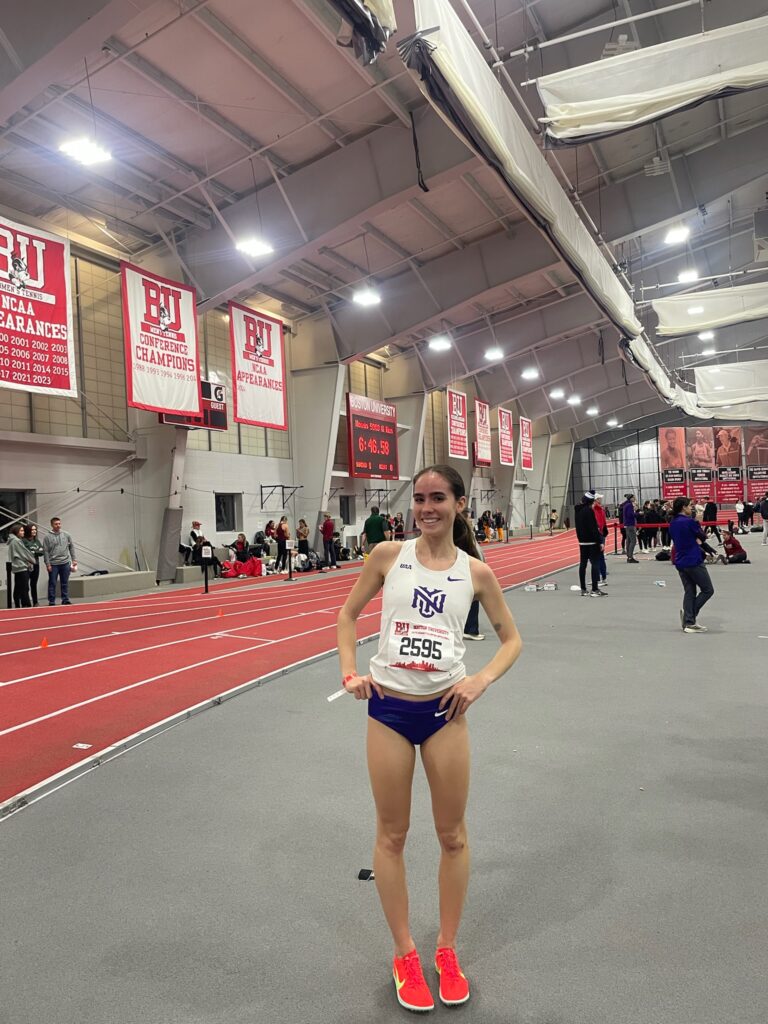
By Kate Cochran, NYU Cross Country Athlete. As an athlete, I often come across all kinds of advice—on how to eat, train, and recover—and it can be hard to know what really works. With social media playing such a big role in how we share and learn information, especially from influencers and fitness personalities, it’s easy to get overwhelmed by the sheer amount of content out there.
Lost Your Period? Here’s How Low Estrogen Could Be Impacting Your Performance
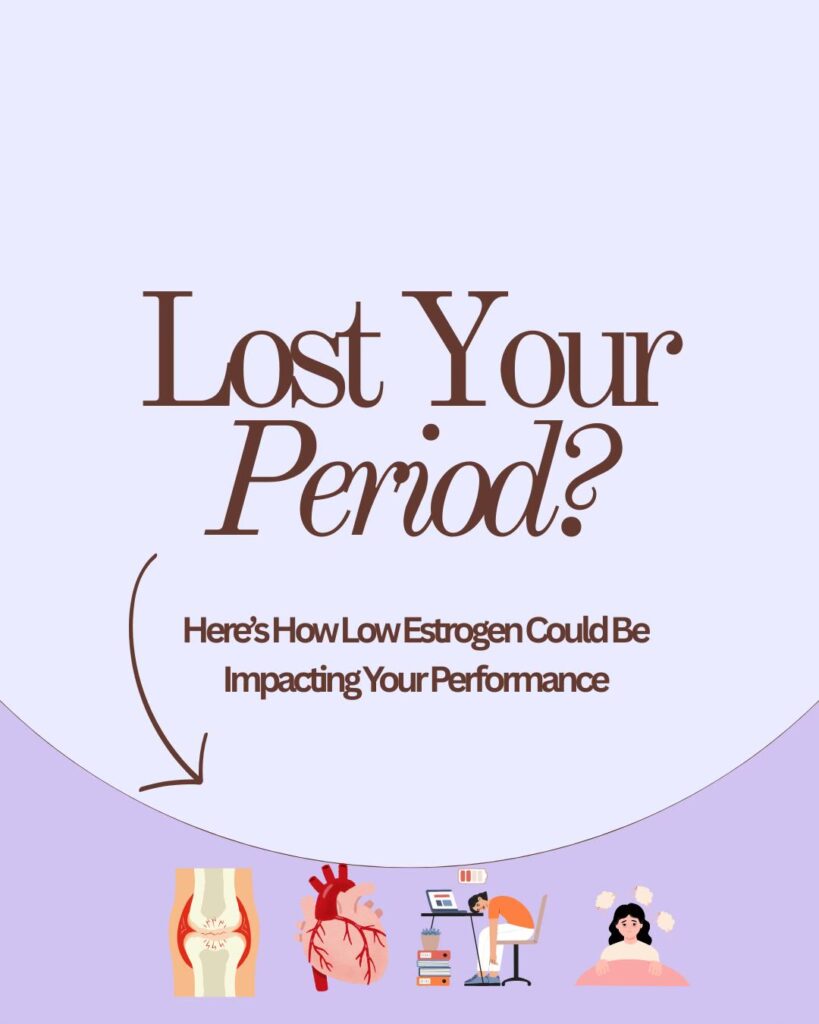
If you’re a female athlete, getting your period is really important. There are many ways that you can use your cycle to your advantage in your sport and in life. When I started running in high school, there was this widespread belief—one that I hope is starting to fade—that losing your period was a sign of being in “peak fitness.”
When Should You Use Electrolytes?
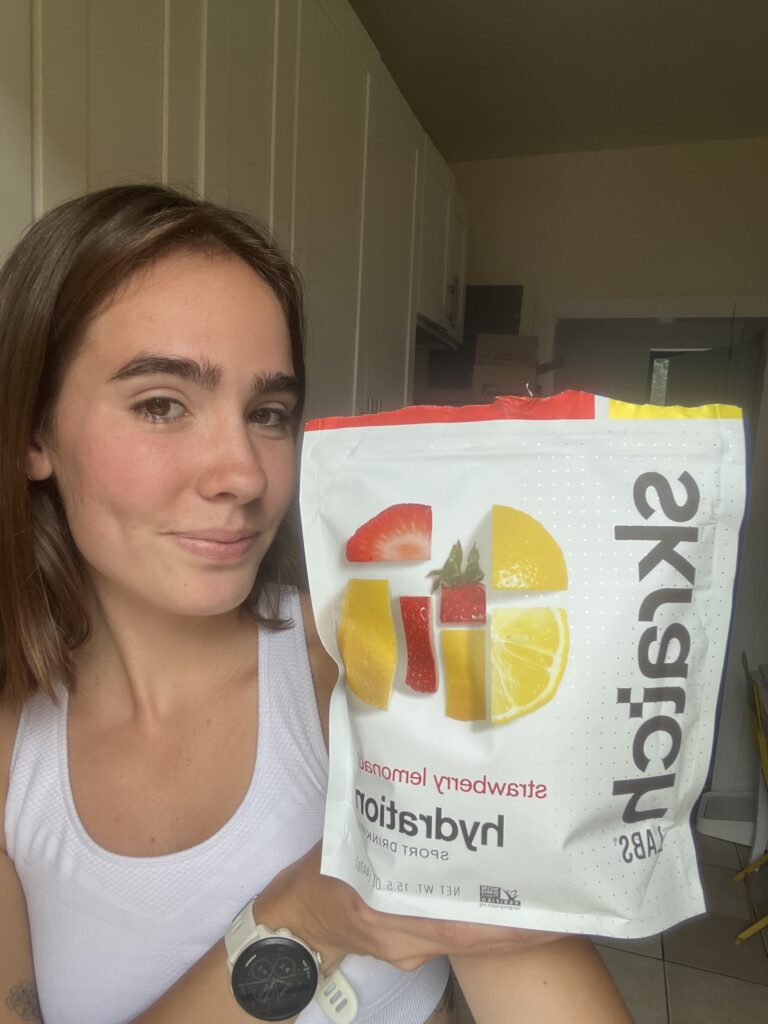
Athletes often lose a significant amount of sweat when working out, especially in the summer months. Because sweat contains electrolytes, it’s essential to replace them to maintain proper hydration and muscle function. This ensures you perform at your best and recover eectively.
College Runner Meal Routine: Fuel, Run, Repeat
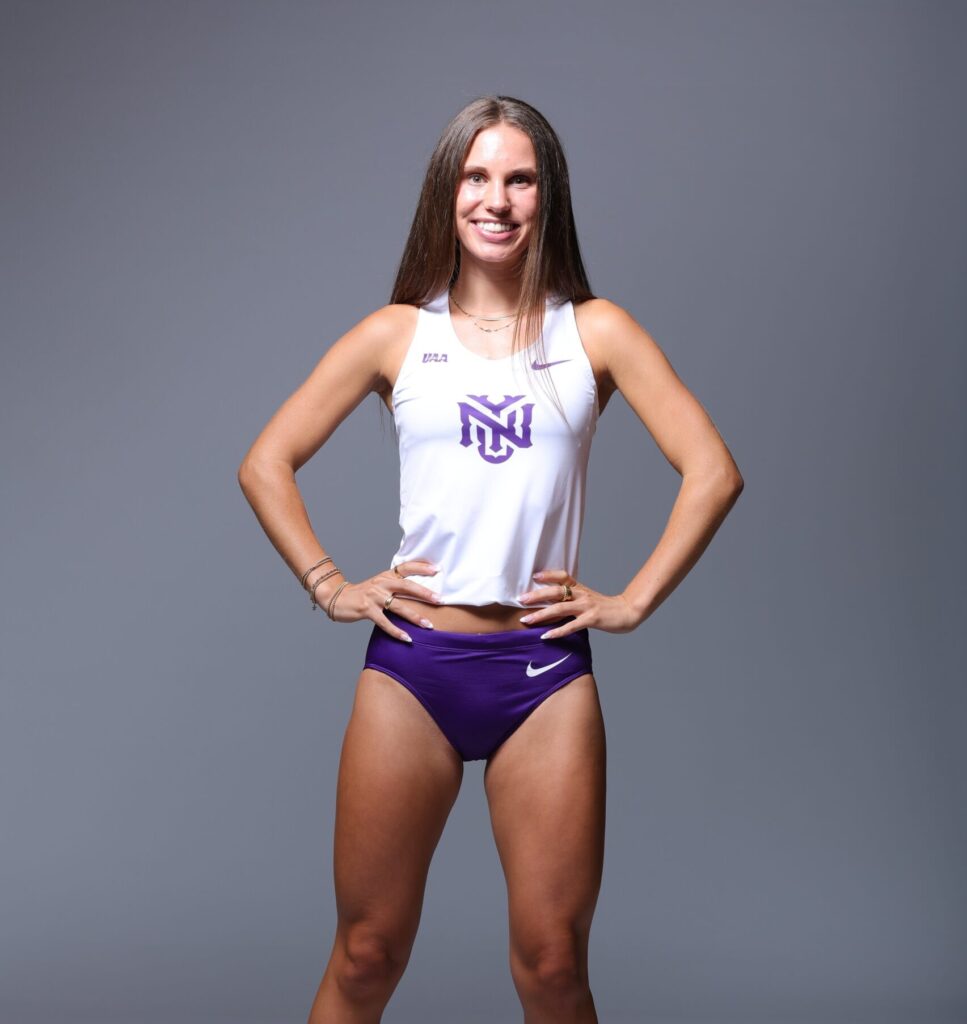
Name: Lucy Gott
Age: 21
From: Northern California
School: NYU
Iron for endurance athletes
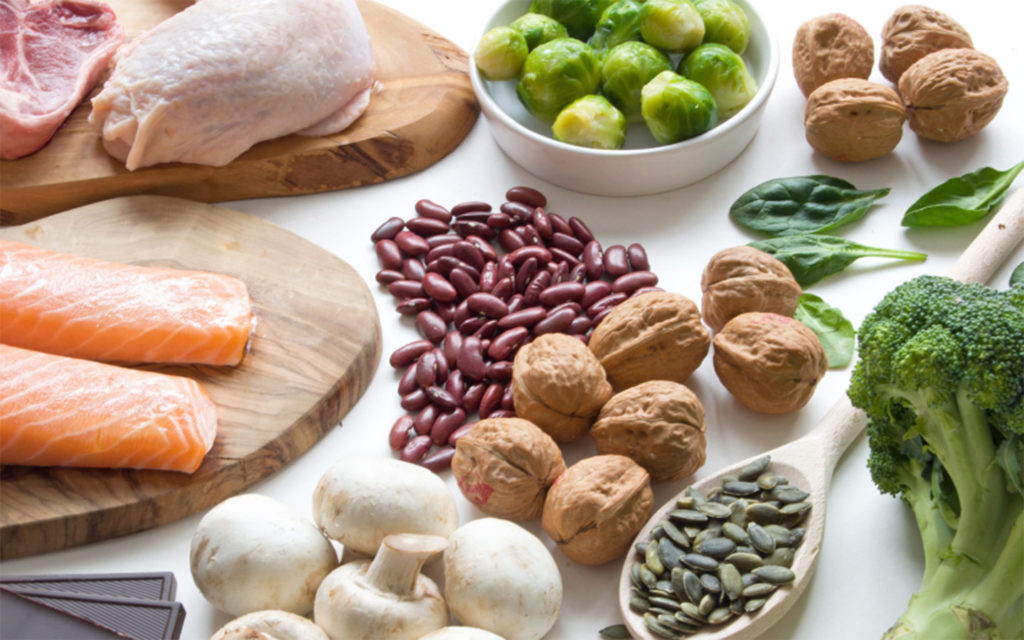
Iron is essential for endurance athletes because it supports oxygen transport, energy production (ATP), cognitive function (including decision-making), and a healthy immune system. Without adequate iron, the body struggles to deliver oxygen to muscles and produce the energy needed for optimal performance. Our bodies cannot make iron, it must be obtained through the diet.
Best Supplements for Runners

The use of supplements within the world of sports and fitness is relatively widespread, being a means of addressing the various metabolic and dietary requirements of individual athletes.
Signs and Symptoms of an Eating Disorder

TW: This content includes references to eating disorders and body image, which may be a sensitive topic to some readers.
Eating disorders can show up in many different ways, making them difficult to recognize at times.
DIY Electrolyte Drink

Here are a couple of DIY electrolyte drinks that are favorites among the NYU Track and Field team:
Creatine Supplement: Key Factors to Consider Before Use
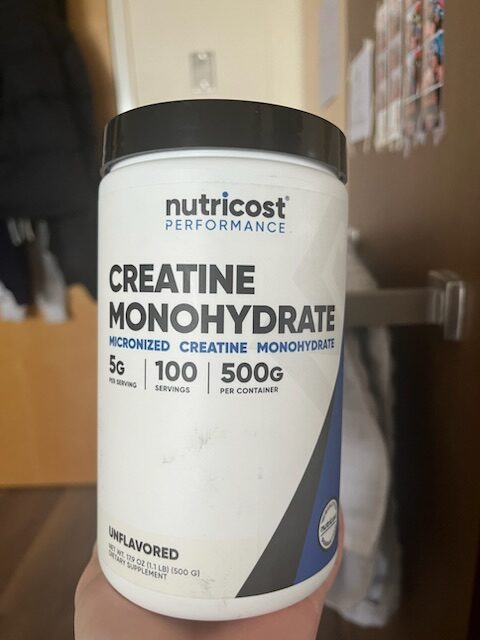
Many amateur and professional athletes use creatine supplements to enhance their workouts and speed up recovery. Creatine is a naturally occurring compound found in the body and certain foods that provides a quick burst of energy and increases strength.
BEST foods to eat after a workout – tips from the Martin Coaching Team
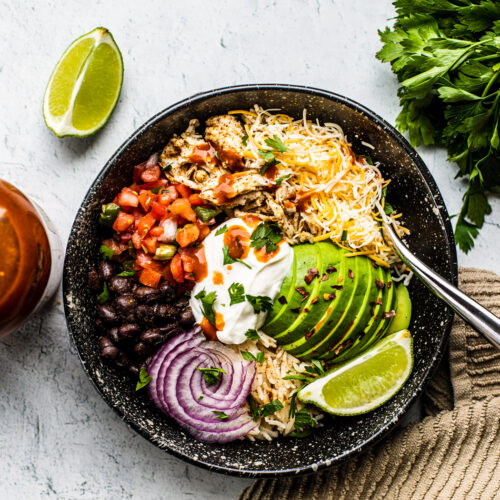
Foods consumed after a workout will impact recovery and sports performance.
We asked the Martin coaching team about which foods they eat after a workout and it was no surprise that we received great responses instantly. At the elite level, nutrition is dialed in and the athletes know which foods to grab after a tough workout to promote recovery.